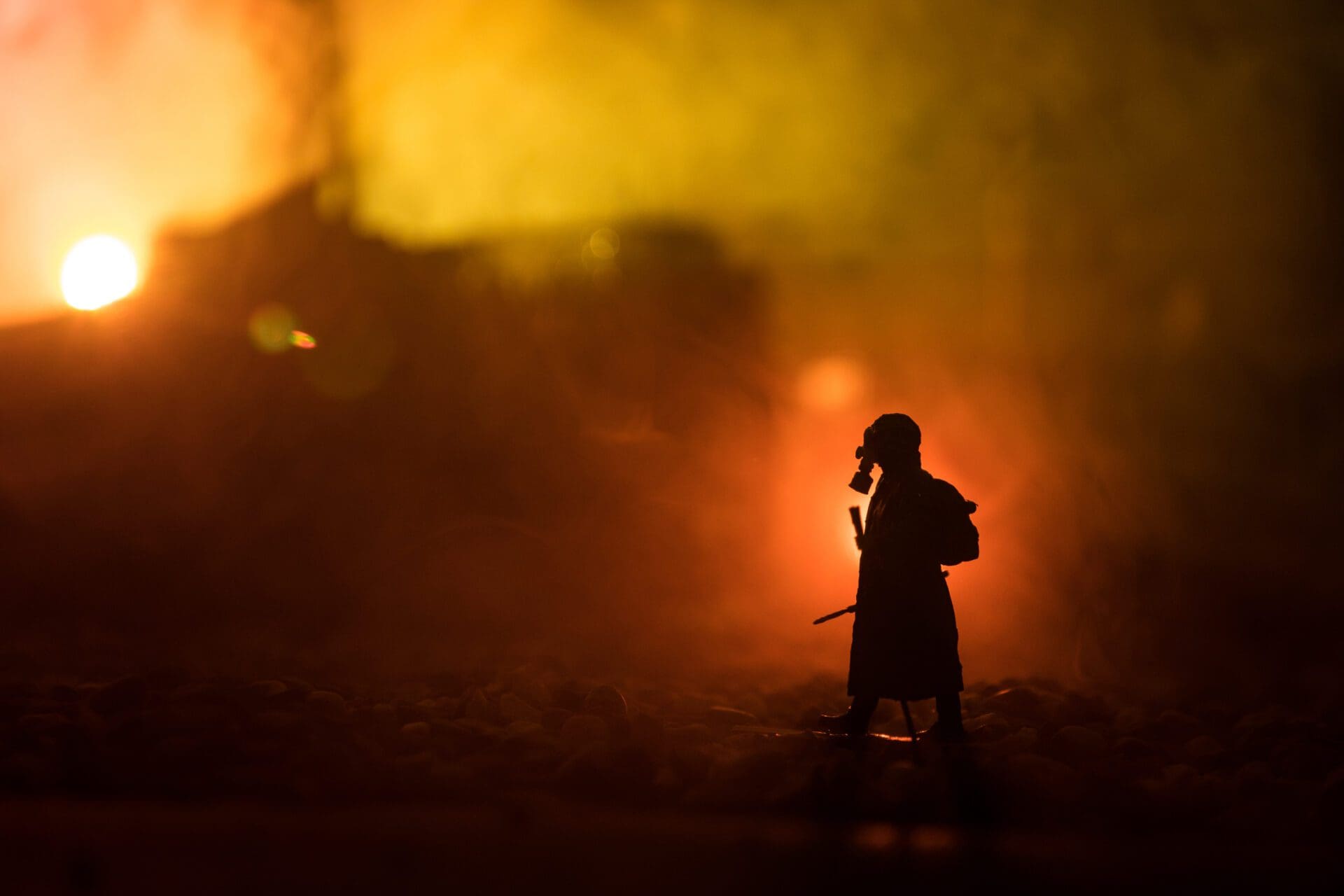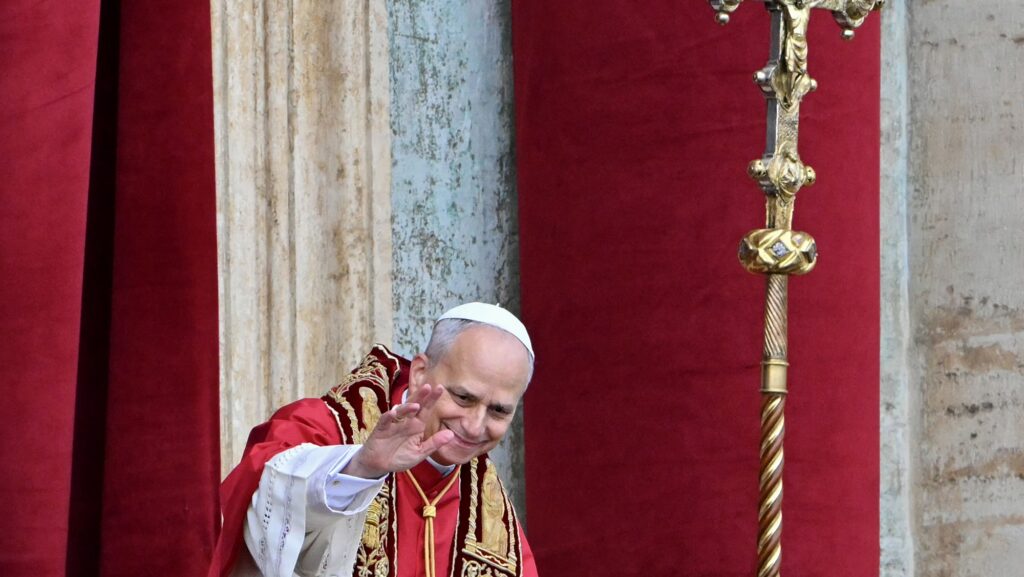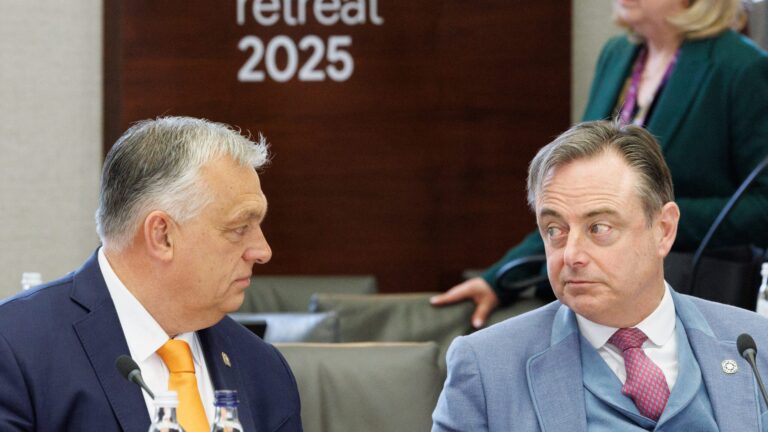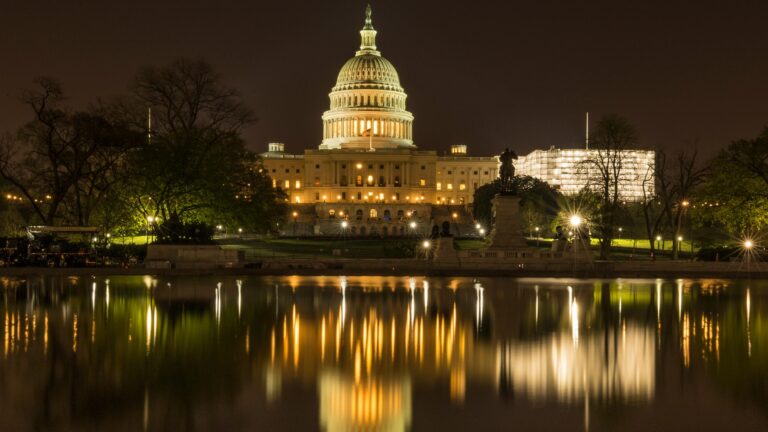A long-awaited expedition to protect the Russian-occupied Zaporizhzhia nuclear power station, which is the epicenter of the battle in Ukraine, was launched by a U.N. nuclear watchdog team on Monday. The world hopes that this trip will help prevent a radioactive catastrophe.
The Stakes Are High
For the International Atomic Energy Agency (IAEA) specialists who will visit the plant of a nation whose 1986 Chernobyl tragedy released radiation throughout the region frightening the globe and escalating a global drive away from nuclear energy, the stakes could not be greater. ‘Without exaggeration, this mission will be the most difficult in IAEA history’, said Dmytro Kuleba, the foreign minister of Ukraine. Ukraine and Russia accused one another of shelling the area surrounding the largest nuclear power plant in Europe, which was briefly brought offline last week, underscoring the urgency. Authorities have started giving anti-radiation iodine tablets to neighbouring people because the threats are so high.
IAEA Director-General Rafael Grossi has been requesting access to the Zaporizhzhia plant, which Russian forces have held since the start of the six-month-old conflict, for months in an effort to avert a catastrophe. Workers from Ukraine have been running the nuclear reactor.
‘The Day Has Come’
‘The day has come,’ Grossi tweeted Monday, adding that the Vienna-based IAEA’s ‘Support and Assistance Mission … is now on its way.’
According to a spokesman for the Ukrainian Foreign Ministry, Grossi’s delegation was due to arrive in Kyiv on Monday. Grossi oversaw an IAEA mission to Chernobyl in April, which Russian soldiers had previously controlled during the conflict. The IAEA stated that its team will ‘undertake immediate safeguards actions,’ review the working conditions of the control room employees, determine whether the plant’s safety and security systems are operational, and assess damage.
Energoatom, the nuclear energy agency of Ukraine, issued a warning on Monday about Russian efforts to hide their military use of the plant. According to them, ‘the occupiers increased pressure on the personnel in preparation for the arrival of the IAEA mission to prevent them from disclosing evidence of the occupiers’ crimes at the plant and its use as a military base.’ Energoatom also stated that four plant workers were injured in Russian shelling of the city where they live.
The Blame
Fears that the combat could result in a significant radioactive release increased when Ukraine accused Russia of carrying out further rocket and artillery attacks at or close to the plant. The facility, which includes six reactors, has been reported to have normal radiation levels so far. While Moscow accuses Kyiv of indiscriminately firing on the facility, Ukraine claims that Russia is virtually keeping the plant prisoner, stockpiling weapons inside and conducting attacks from nearby.
Leaders from around the globe have urged Russia to demilitarize the plant. The building’s roof had been damaged; there were brush fires nearby, and armored personnel carriers were on a road close to the reactors, according to satellite photographs published by Maxar Technologies on Monday. One person was reported dead, and five others injured as a result of additional Russian shelling in Nikopol, which is located across the Dnieper River from the nuclear power facility. The city has been under constant shelling for weeks. The Ukrainian mayor of Enerhodar, Dmytro Orlov, attributed at least 10 locals’ injuries to Russian bombardment.
‘We know that Russia is putting not only Ukraine, but also the entire world at risk with the risk of nuclear accident,’ said Kuleba, the foreign minister of Ukraine, adding that he anticipates the IAEA mission to produce ‘a clear statement of facts, of violation of all nuclear, of nuclear safety protocols.’
The IAEA mission’s security will be ensured by Russia, according to Kremlin spokesman Dmitry Peskov, who also urged other nations to ‘raise pressure on the Ukrainian side to force it to stop endangering the European continent by shelling the territory of the Zaporizhzhia nuclear power plant and surrounding areas.’ Energoatom released a graphic over the weekend showing the potential spread of radiation in the event of a leak, which gave a dismal image of the dangers at the plant.
Counter Measures
The Ukraine military asserted that it had breached Russia’s first line of defense elsewhere on the battlefield near Kherson—located just north of the Crimean Peninsula—, which Russia annexed from Ukraine in 2014. If proven, such a development would be a strategic breakthrough. The largest Ukrainian city now under Russian occupation is Kherson, and for weeks, rumors have been circulating that Ukrainian forces are getting ready for a counter offensive in the area. According to the state news outlet Tass, the Russian Defense Ministry claimed that its forces had suffered significant casualties among Ukrainian troops who were attempting to attack from three directions in the southern Ukrainian provinces of Kherson and Mykoaiv.
Residents of a Kherson-area bridge over the Dnieper River, a crucial Russian supply route, reported explosions on Monday. Russian news reports mentioned air defense systems activation regularly in the city and nocturnal explosions in the sky on the same day. On Monday, Russian-installed officials said that residents of the nearby city of Nova Kakhovka, which Kyiv’s forces routinely target, had been ordered to leave their places of employment and seek refuge in bomb shelters due to Ukrainian rocket attacks. Russian news organizations stated that Ukrainian shelling had destroyed a church, a school, and other buildings in Berislav, another city in the Kherson region.
However, in a war riddled with conflicting reports that are difficult to independently verify, Sergei Aksyonov, the regional head of Crimea selected by Moscow, rejected the Ukrainian allegation of an offensive in the Kherson region as untrue. He claimed that the area has seen significant casualties for Ukrainian soldiers. Mykhailo Podolyak, the presidential advisor for Ukraine, also issued a warning against making ‘super-sensational announcements’ regarding a counter offensive.
In response to rumors that his forces may have begun a significant counter offensive in southern Ukraine, Ukrainian President Volodymyr Zelenskyy asked, ‘Anyone want to know what our plans are? You won’t hear specifics from any truly responsible person. Because this is war.’ According to reports, eight civilians were killed and seven were injured in the eastern Donetsk region. Overnight, Sloviansk and Kostyantynivka were attacked by Russian forces, prompting Pavlo Kyrylenko, the region’s Ukrainian governor, to order inhabitants to leave immediately.
The Extent of the Threat
Until the investigation is conducted at the plant, no one will have a definite conclusion on how serious the threat of a nuclear catastrophe could be. However, considering the events of the Chernobyl tragedy in 1986, every country surrounding Ukraine should be cautious. During that tragedy Hungary was severely affected, with authorities urging the population to leave their windows shut and do not consume any fruit, as radiation may have spread to the country. The Zaporizhzhia plant is much larger than that of Chernobyl, thus, in case of a tragedy, Hungarians would be affected even more severely.







